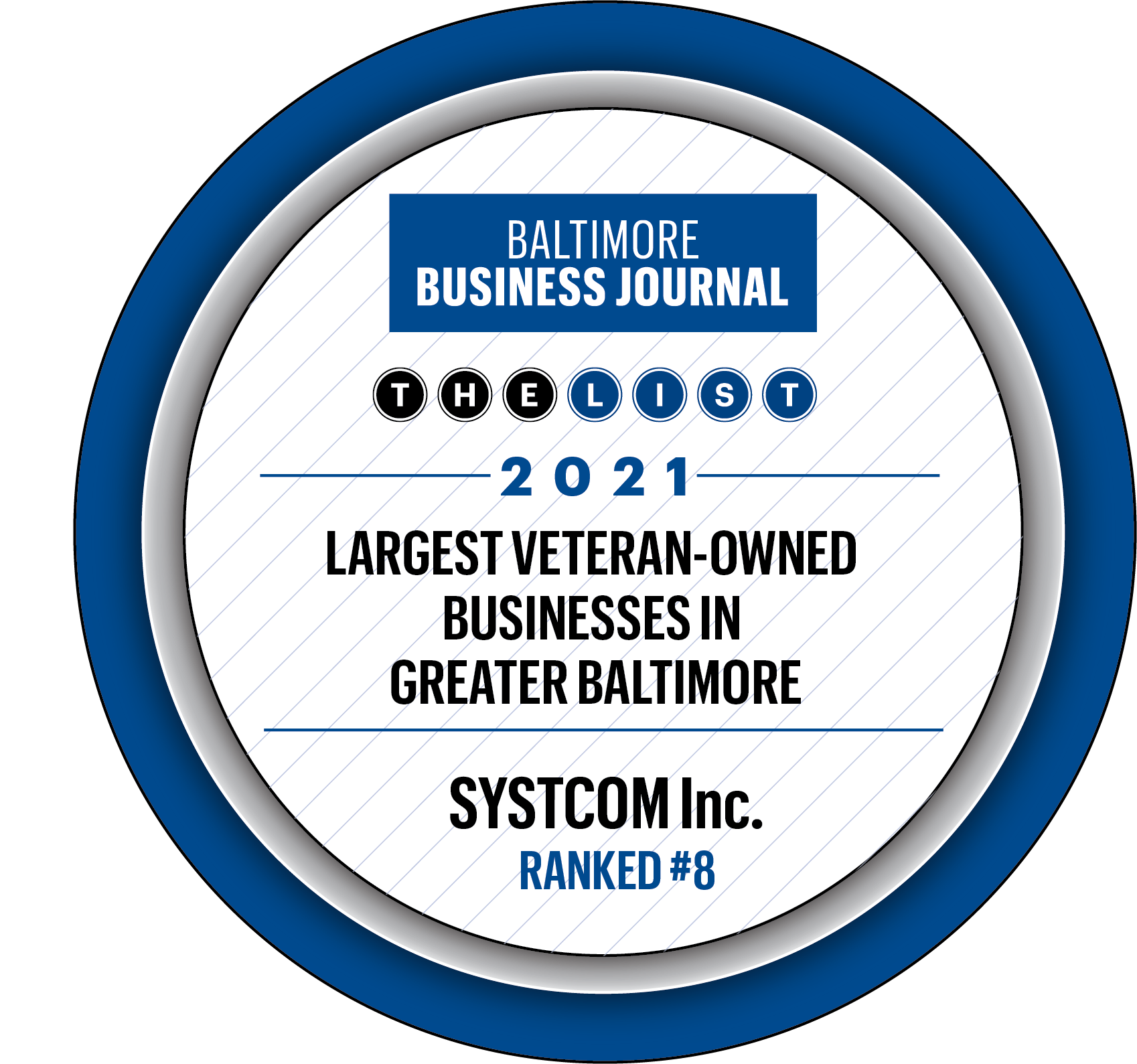jan 26 - 2022
Benefits of Structured Cabling
Structured cabling, often referred to as structured network cabling, is the process of organizing an infrastructure of cables made up of small, standardized elements. It helps to simplify and organize a business's cabling system to help support rapid advancements in technology. This can be used for a number of purposes including large-scale projects such as structuring the physical layer of a data center or a smaller scale project such as organizing various cables in a conference room.
Businesses all shapes and sizes can benefit from this type of service. You may have heard this term before but you've likely thought "how does this really benefit me, and are the benefits worth the investment?" Today, we are going to discover just that. In this article, we will help you understand structured cabling better by discussing the benefits it brings and what it means for businesses.
6 Major Benefits of Structured Cabling
Structured cabling is extremely important to a business’s technology infrastructure. It allows for growth and keeps the physical layer of the technological infrastructure from descending into chaos.
While every organization is different, there are a number of reasons ways they can benefit from structured cabling:
Makes systems easier to manage
Businesses have a number of technologies that require the use of cabling. Oftentimes, these different technologies are set up one at a time over time as an organization's technological needs grow. This creates a number of different setup designs, cables start to become disorganized and determining how each system has been set up gets confusing over time.
By utilizing structured cabling, an organization has an easier time managing all its systems because they are all organized in the same matter. This causes less frustration and tech changes become easier to manage.
Adaptable
In today’s competitive business environment, an organization needs to easily adapt to technological changes. Structured cabling helps organizations to future proof their technology investments by making it easier to upgrade or add technology.
Structured cabling systems provide very high bandwidth for technology and also make implementing changes a snap. This means that when an organization needs to implement newer technology, such as improved video conferencing, their systems will already be equipped to handle the implementation with little change required.
Flexible
Much like it’s ability to improve adaptability, the structured system provides flexibility due to its ease of management. This makes it easier to accommodate new changes and upgrades.
With the speed of technological changes, many businesses need IT systems that are easily scalable. They also need to react quickly and easily. Creating a completely new design or running cables through ceilings every time a new device gets added is inefficient. For organizations who need the ease and flexibility of adding, or changing technology quickly, structured cabling helps.
Limits downtime
With an unorganized design, IT professionals can take a long time to identify the source of an issue, troubleshoot and fix it. They will need to sort through a mess of cables and take additional time organizing cables before they even can begin resolving issues. It can also lead to confusion and mistakes in the initial setup process.
With structured cabling, an IT professional can more quickly troubleshoot and fix issues. This means less time spent fixing issues and less time spent by employees waiting around for problems to get fixed.
Cost-effective
Structured cabling is not just affordable, but it saves money for diagnostic issues, servicing, repairs, upgrades and new installations. When an IT technician can get to the root cause of an issue sooner or can install new technology faster, it saves the organization time and money spent on tech support services.
Keeps areas cleaner and organized
One of the biggest overlooked benefits of structured cabling is the ability to keep an organization’s cables neat and tidy. Instead of having cables sprawled across the floor, hanging out of open spaces or randomly strung up on the ceiling, structured cabling organizes cables together and in most cases hides them from site. This allows a business to maintain its professional look but it also prevents cables from being damaged.
From corporate organizations to school campuses and even retail shops, many can benefit structured cabling.
Who does Structured Cabling Benefit?
When it comes to structured cabling, there are various business types with different technological needs that can benefit. Corporate work environments, medical facilities, entertainment venues, industrial facilities, retail establishments, schools, and the list of who can benefit goes on in on.
Essentially, anything with cables and modern technology can utilize structured cabling. Here are a few examples:
-
Conference rooms
-
Data centers
-
Security systems
-
Audiovisual setups
-
Telecommunications
-
Wifi and wireless network systems
If cables are run through it, then it can potentially be a situation for structured cabling. If you have a question in mind or wondering if structured cabling is right for you then make sure to connect with a structured cabling company like us here at Systcom.

